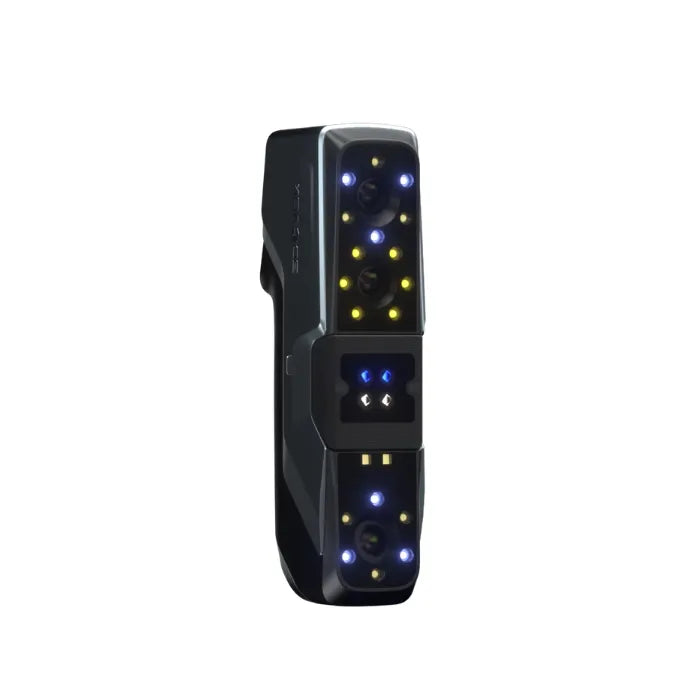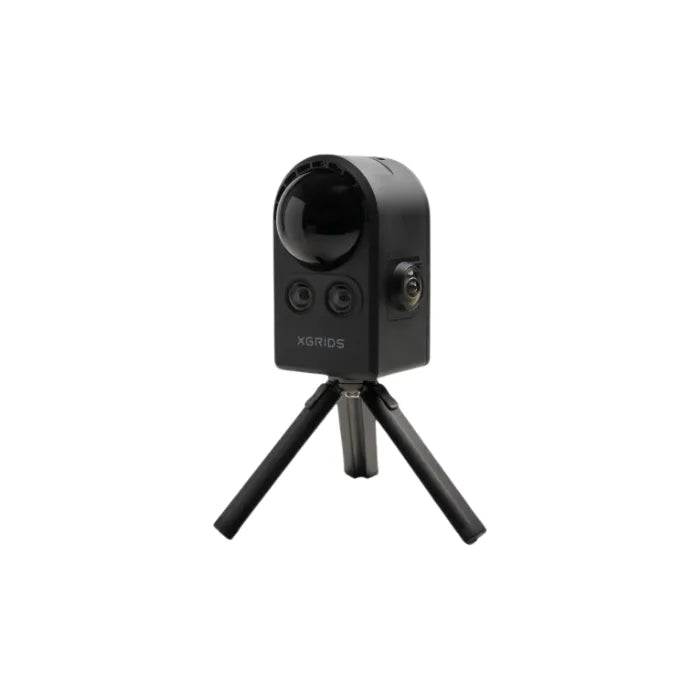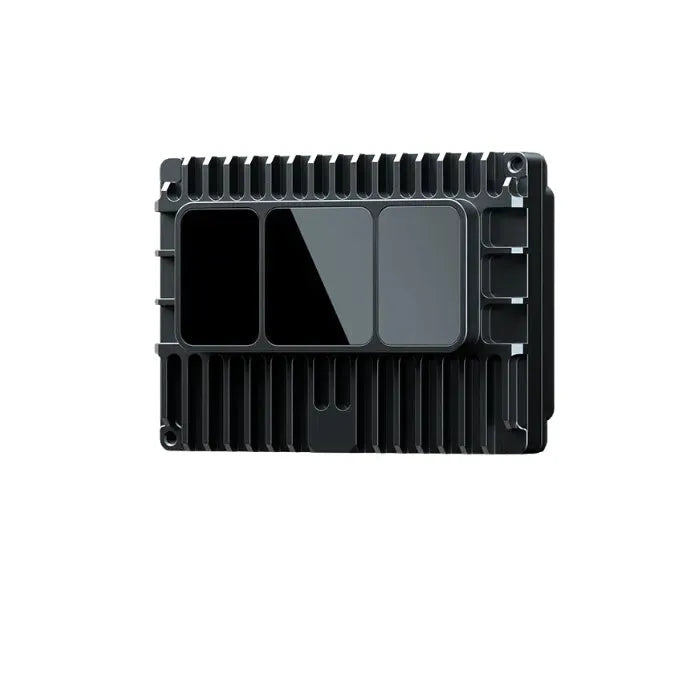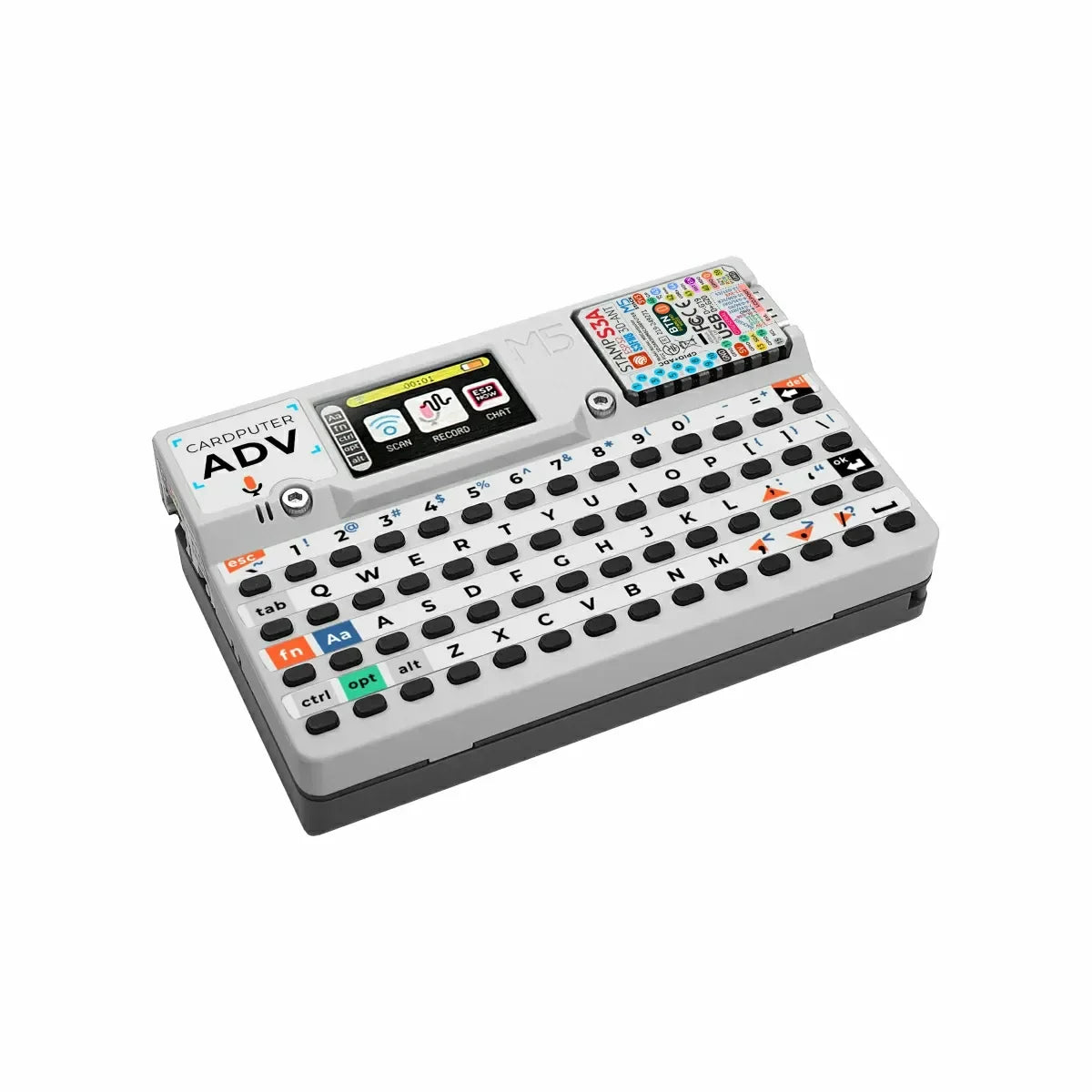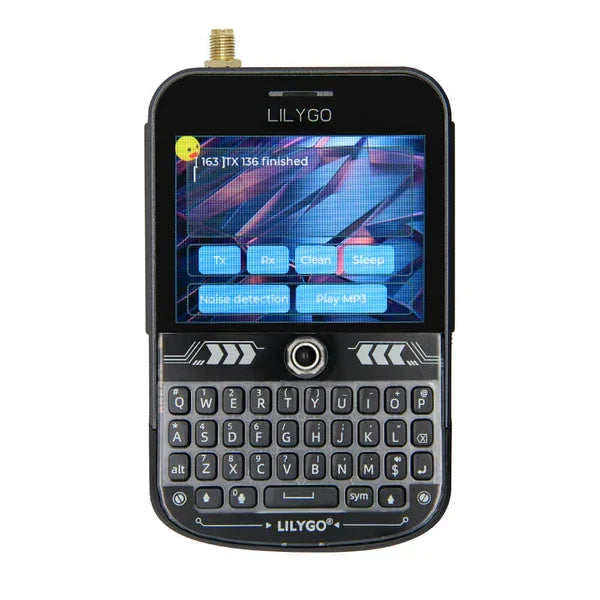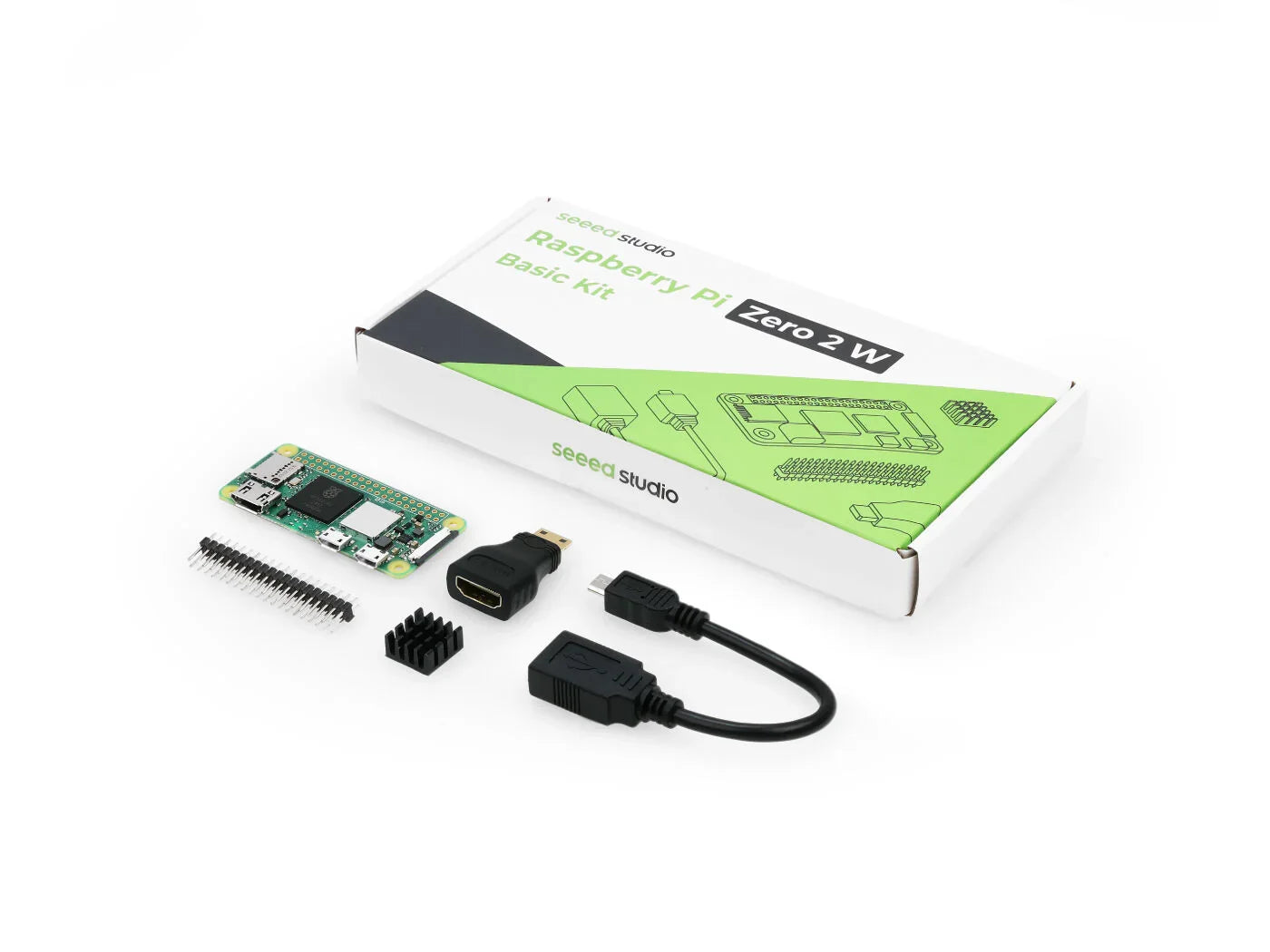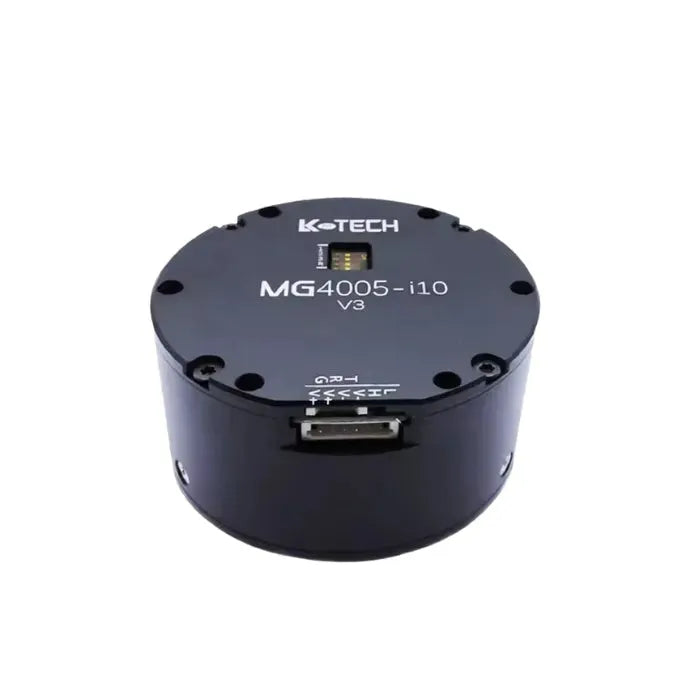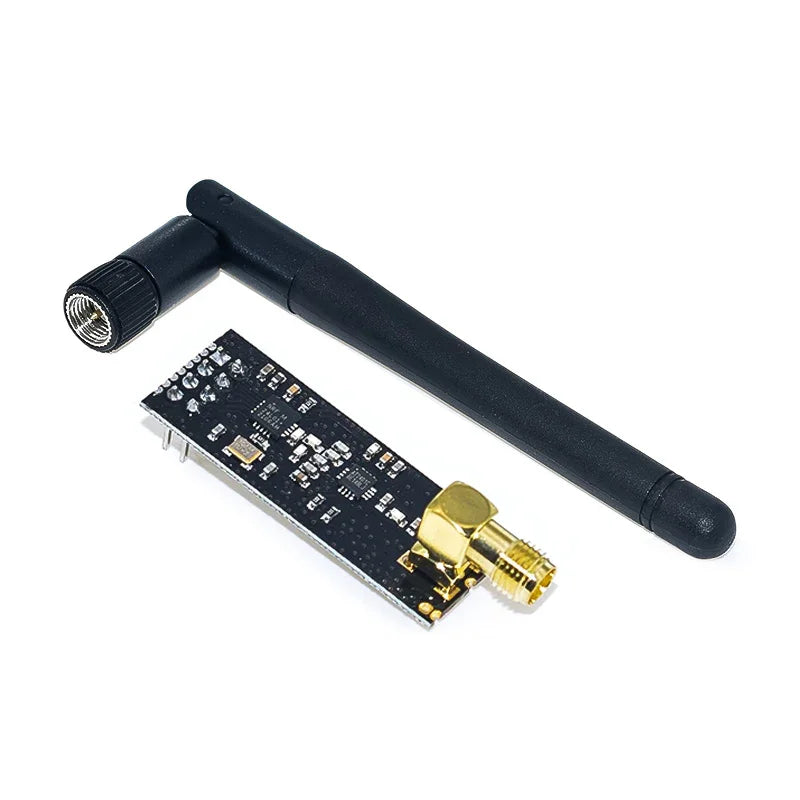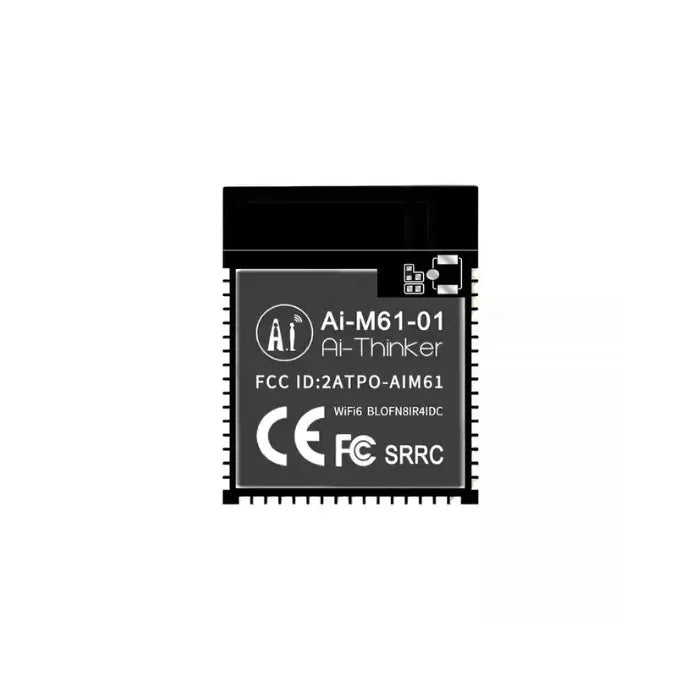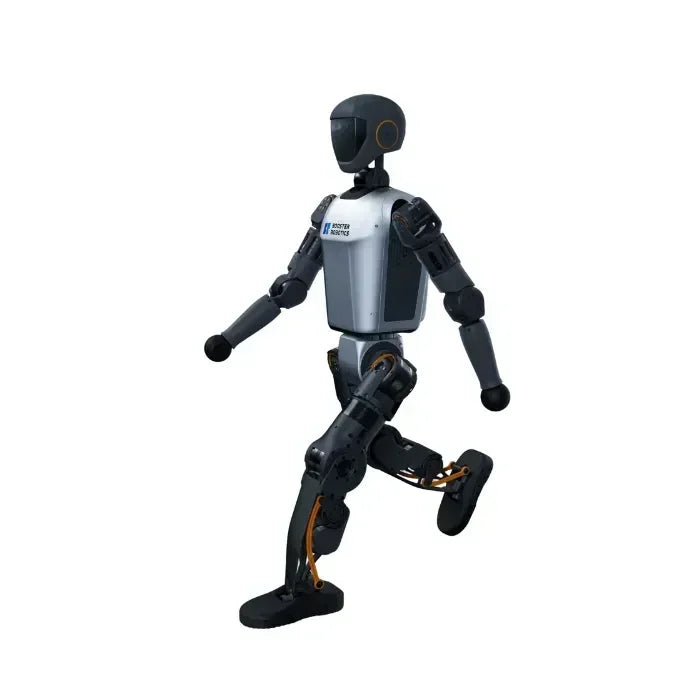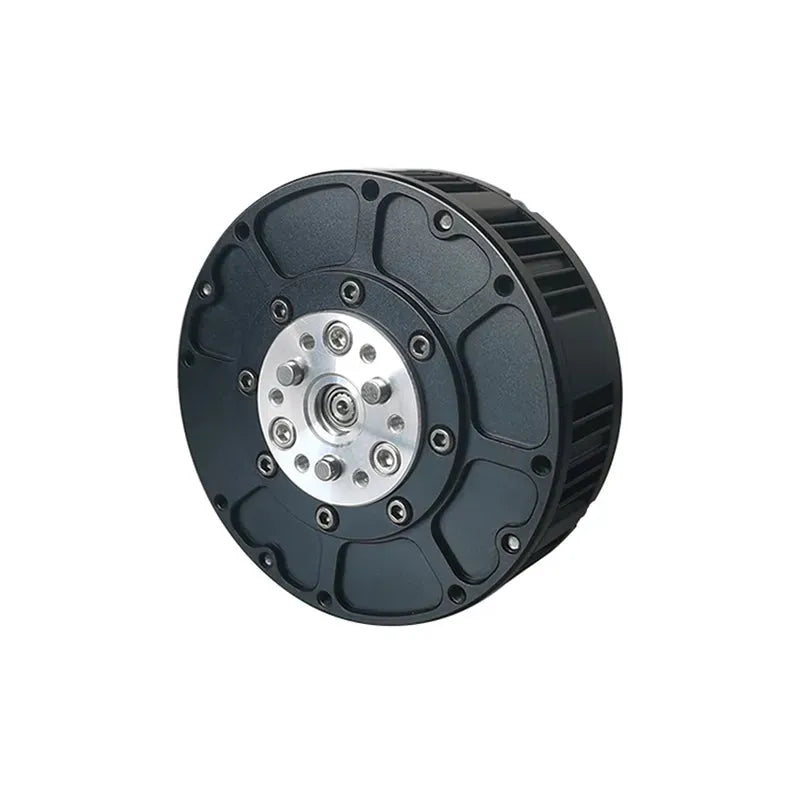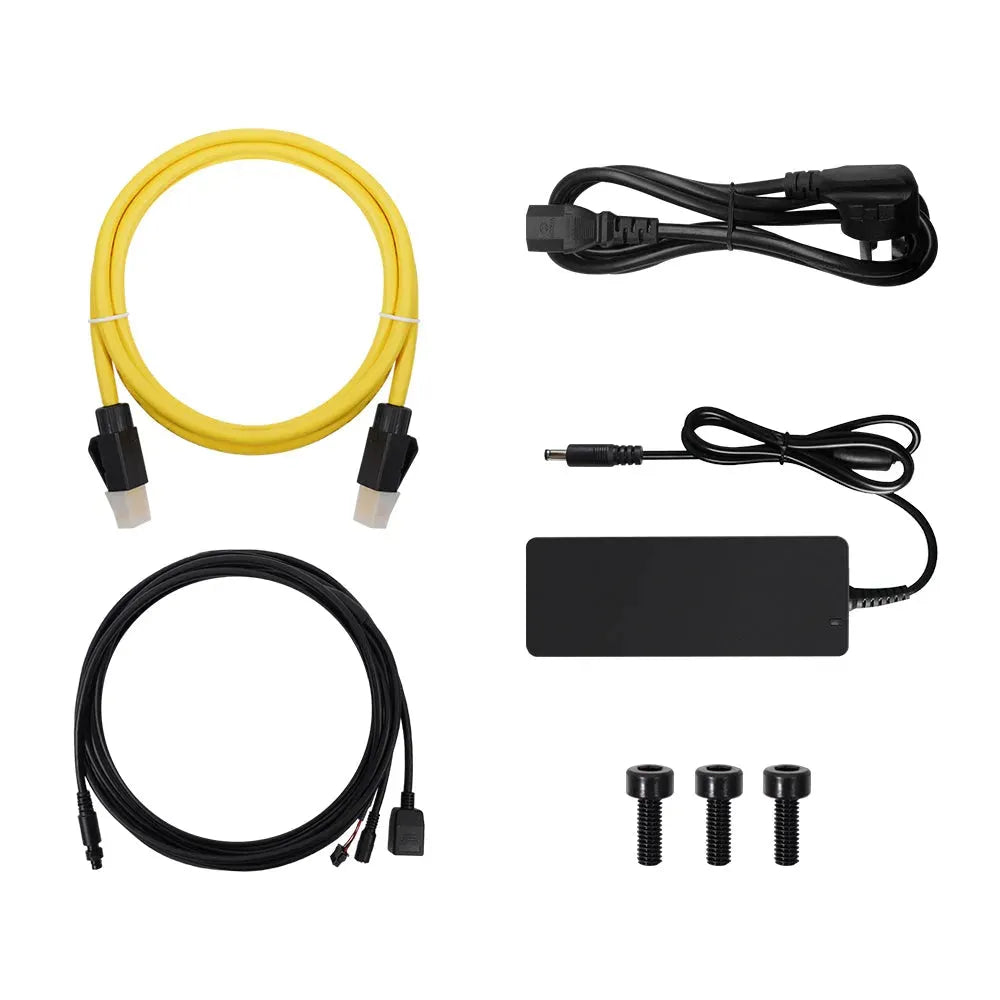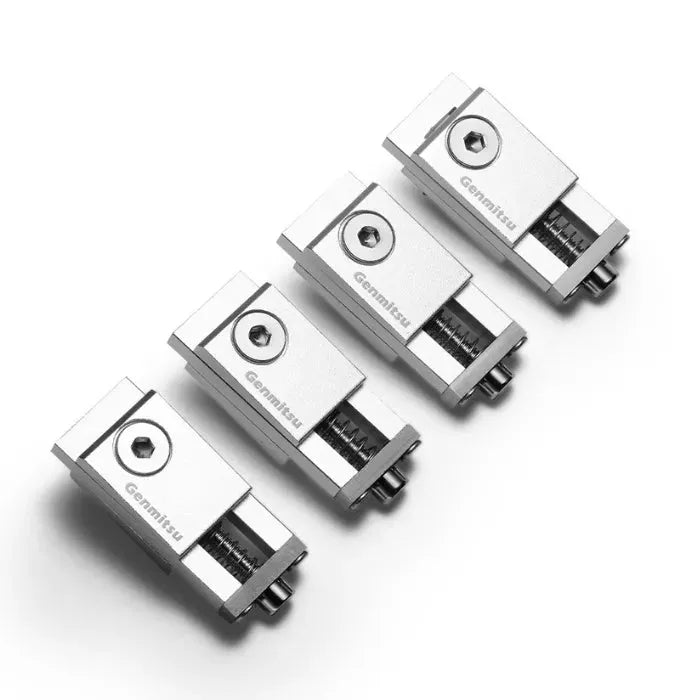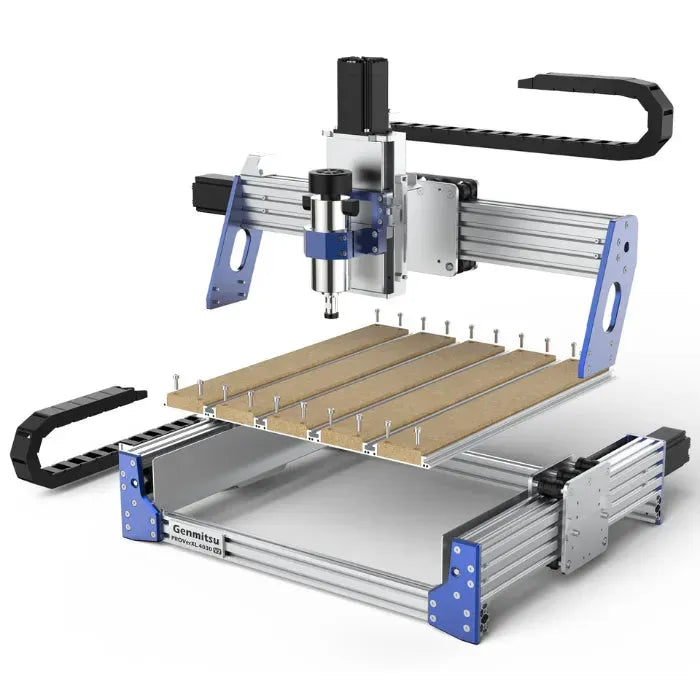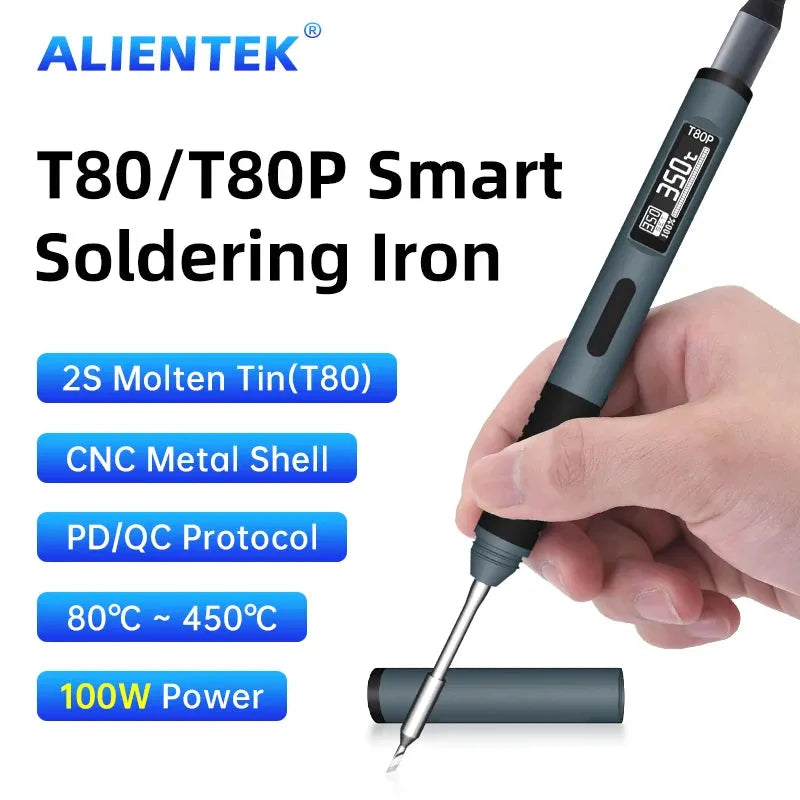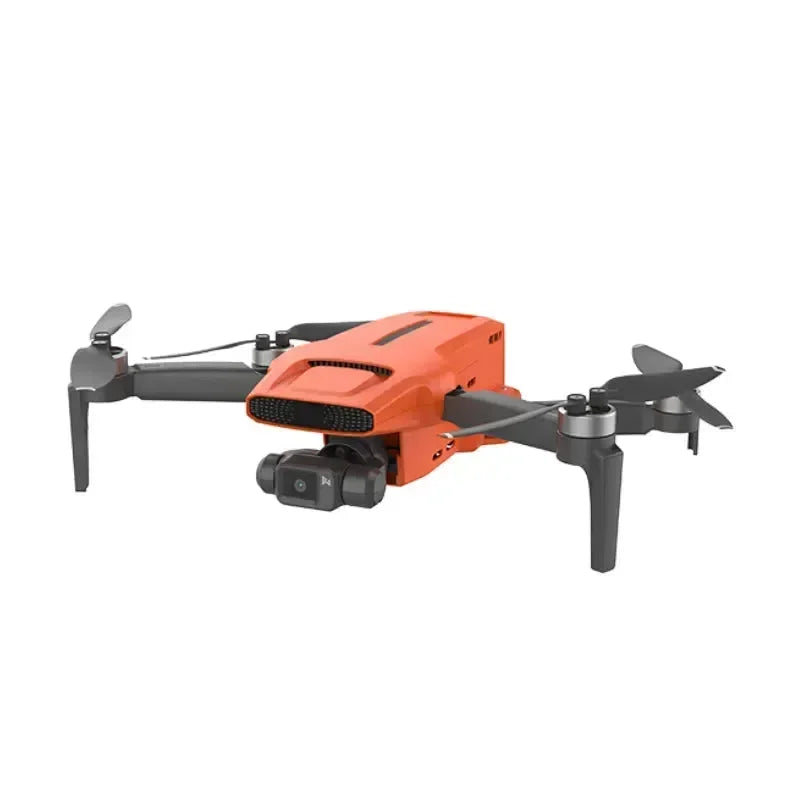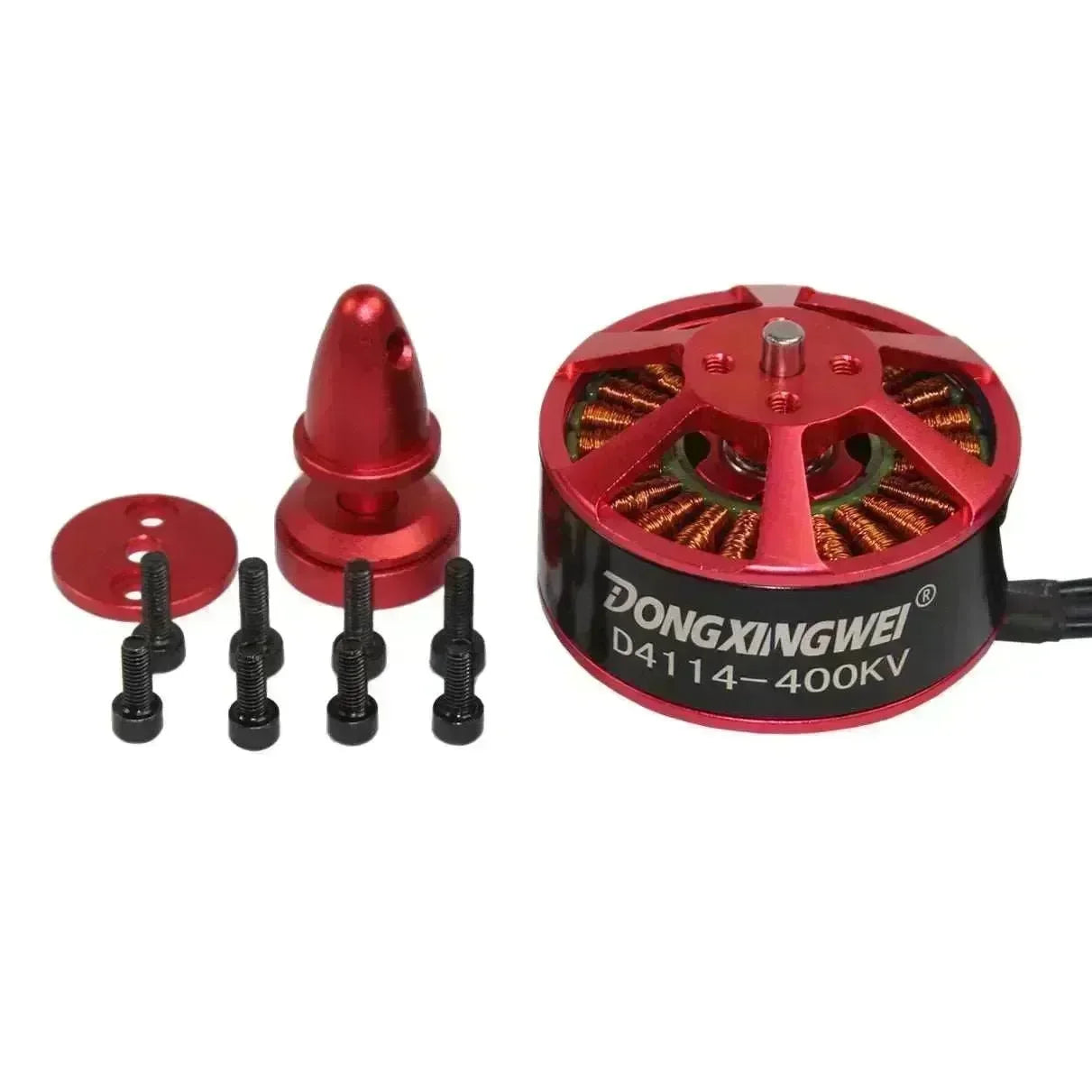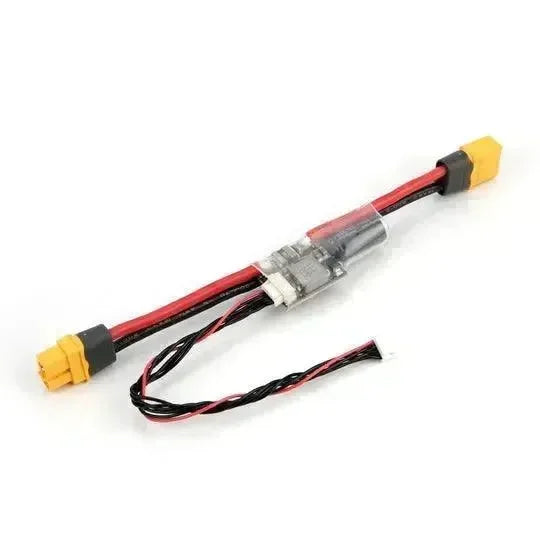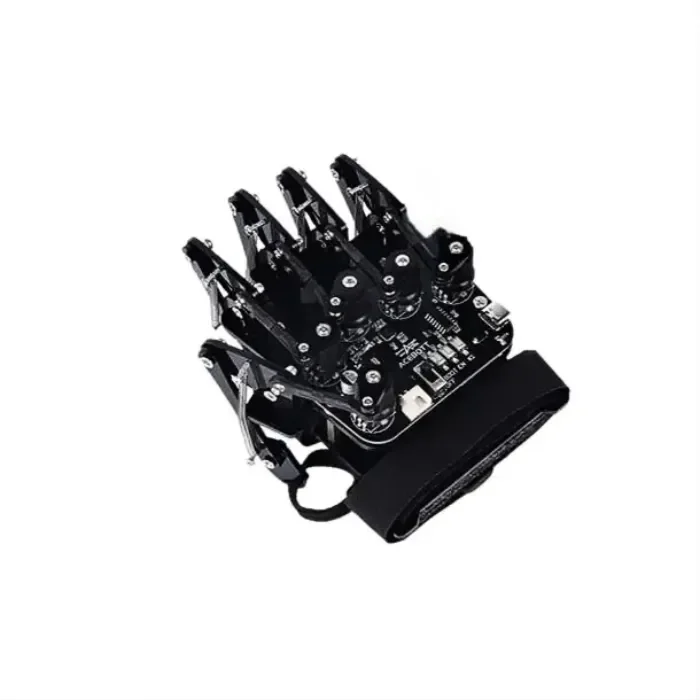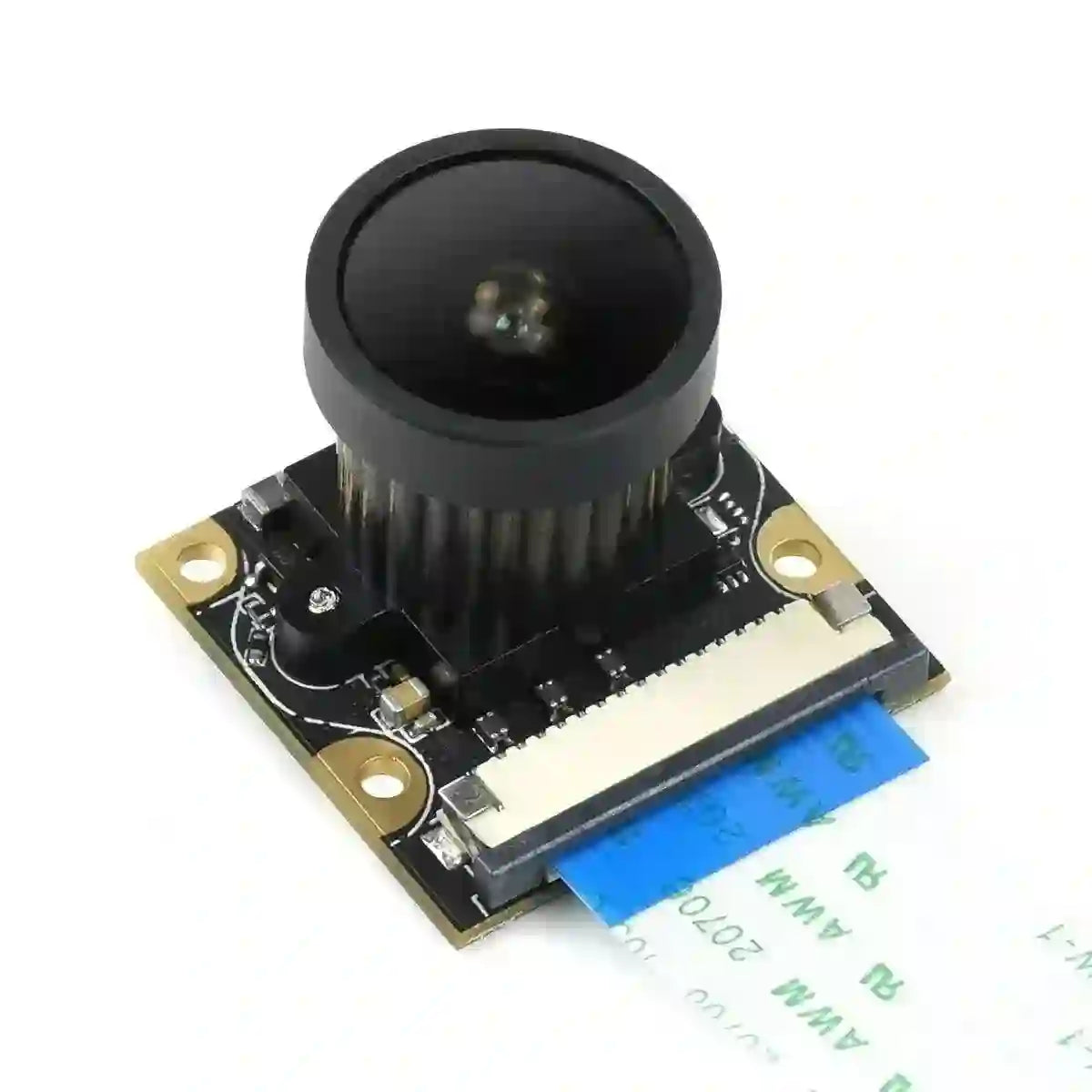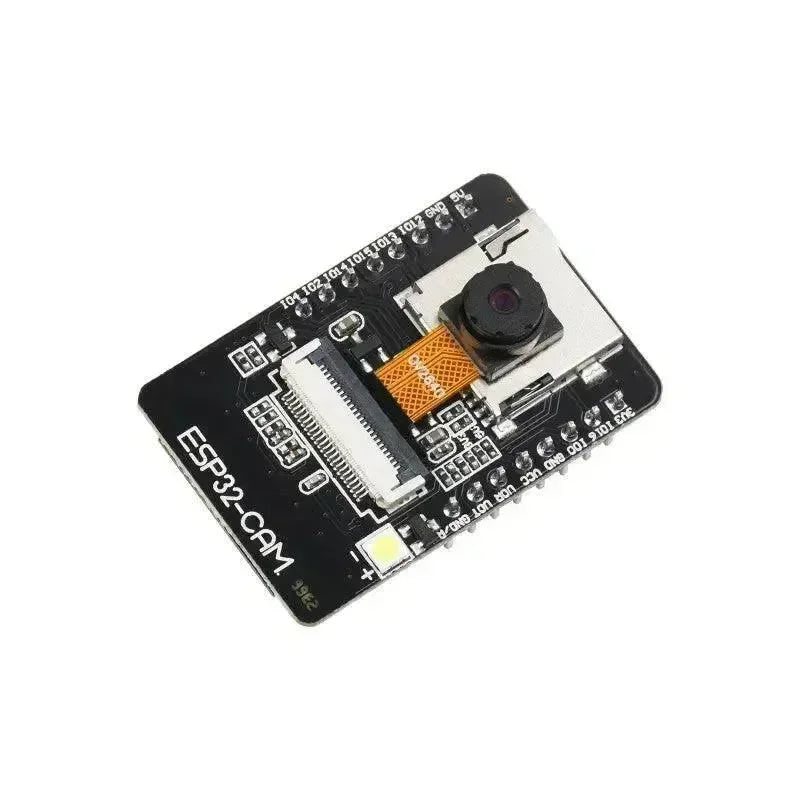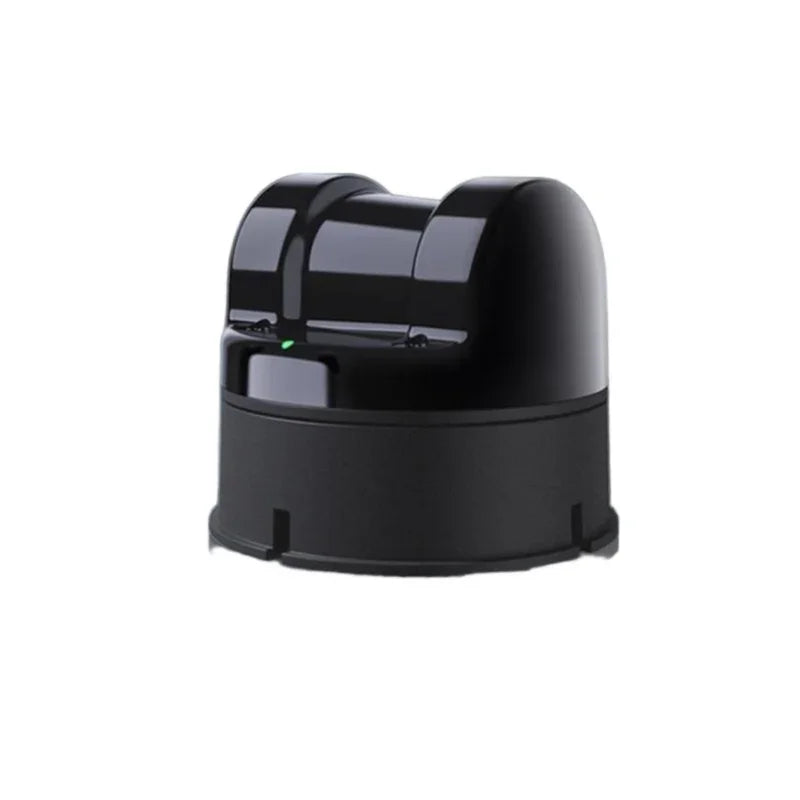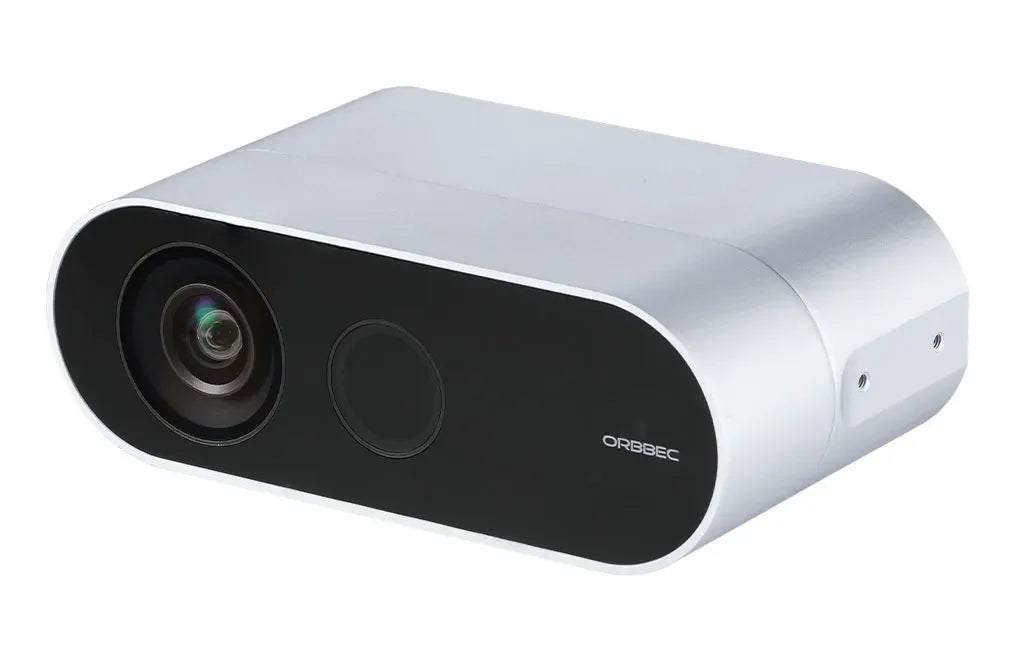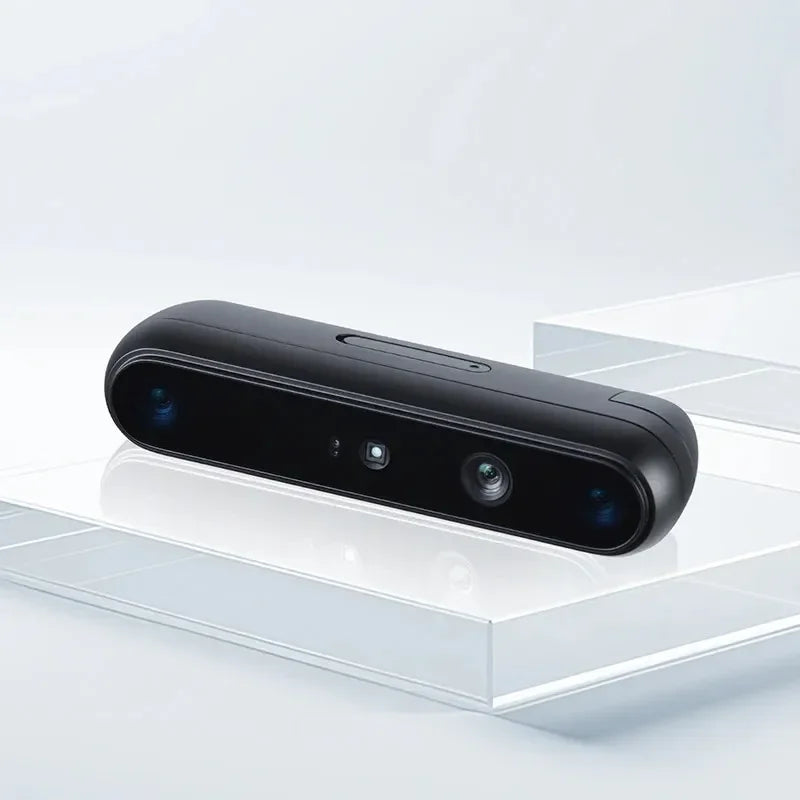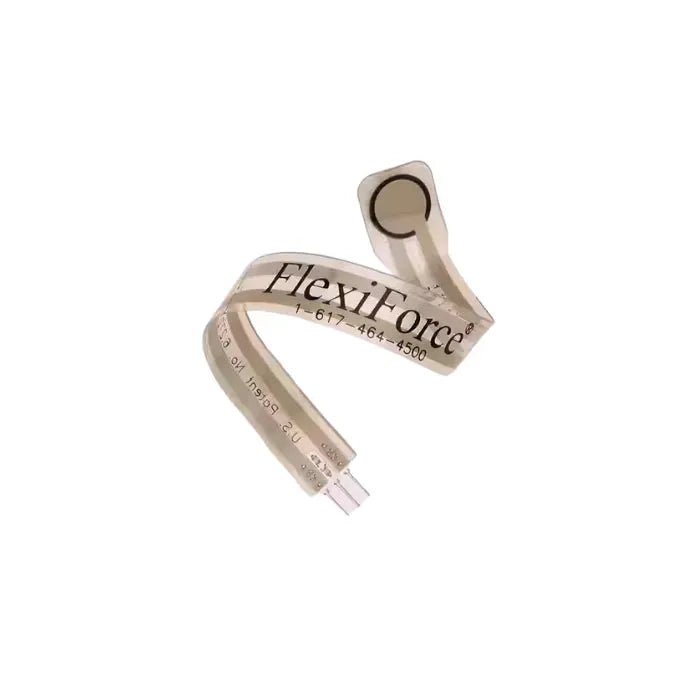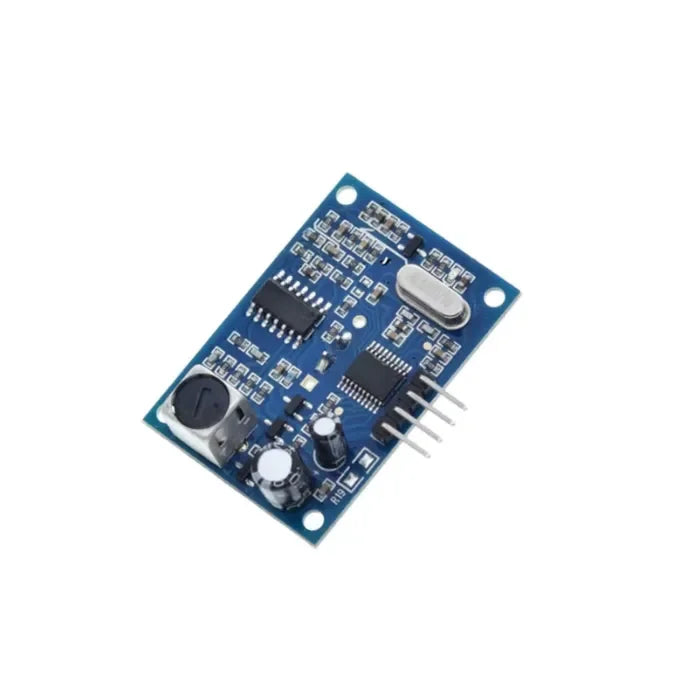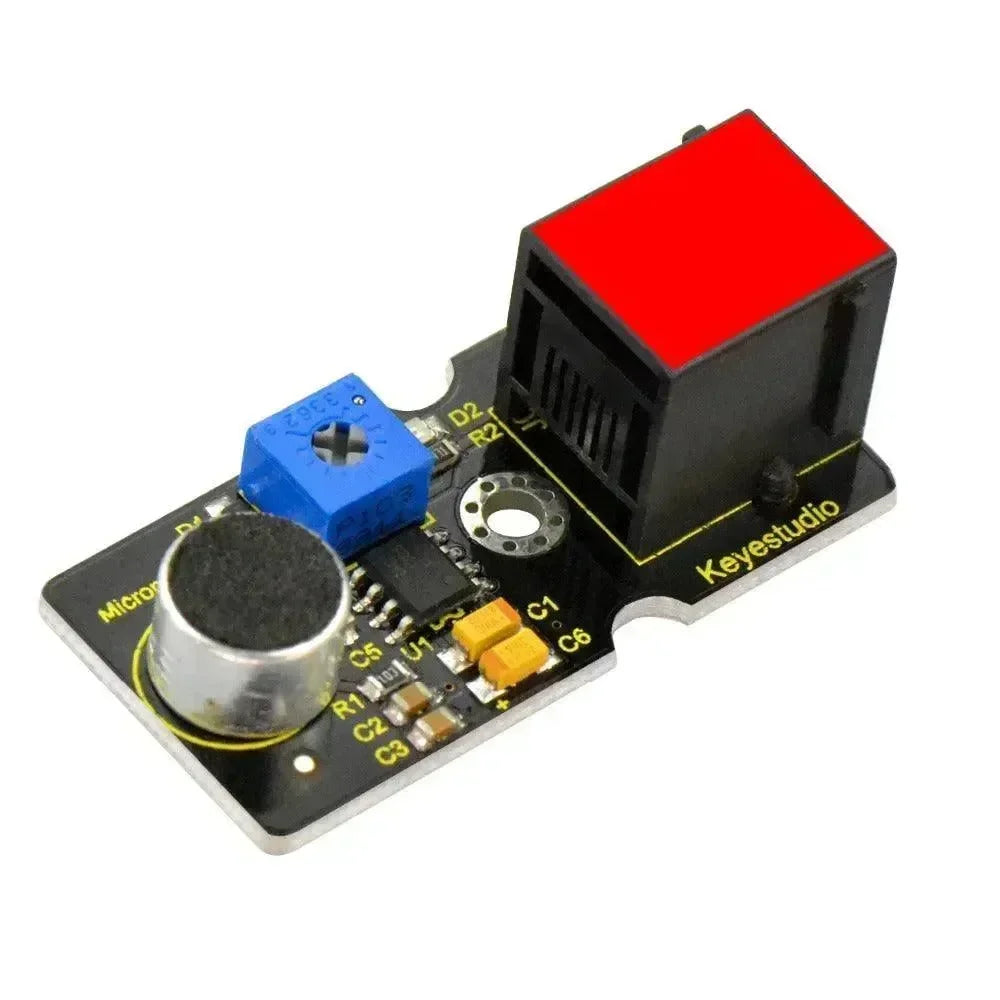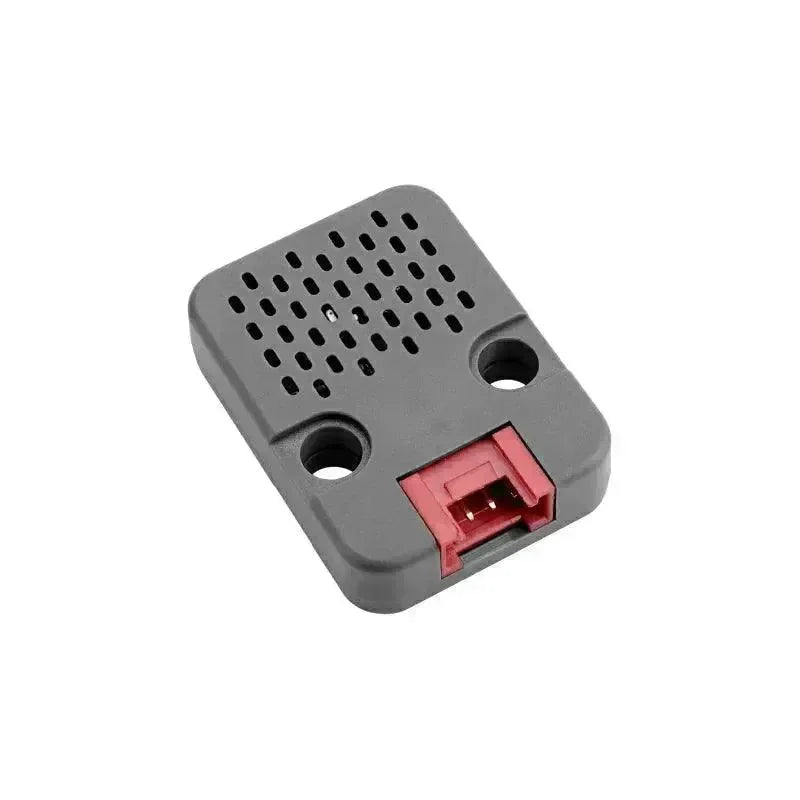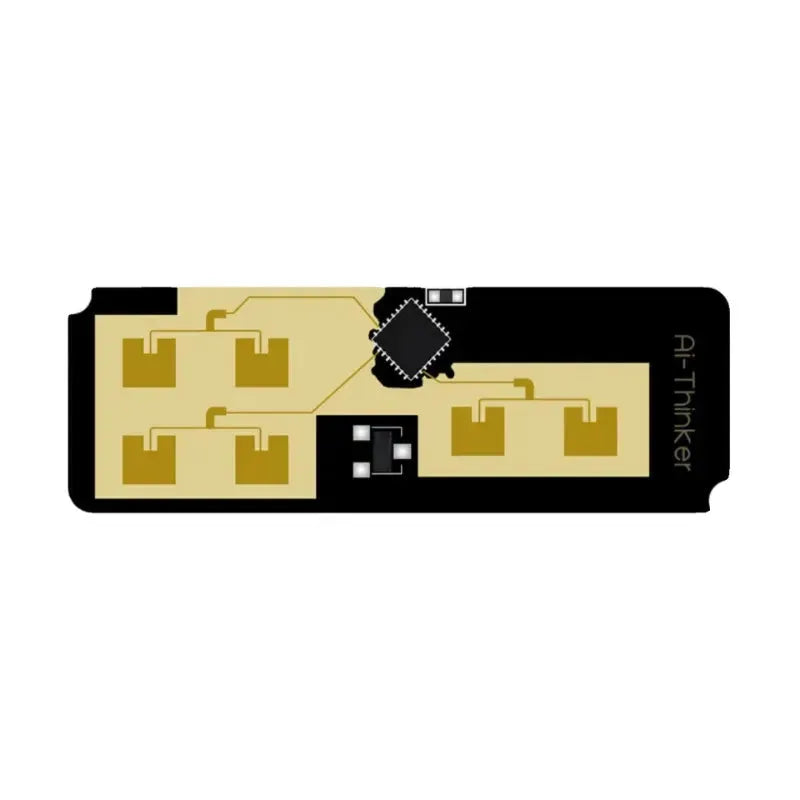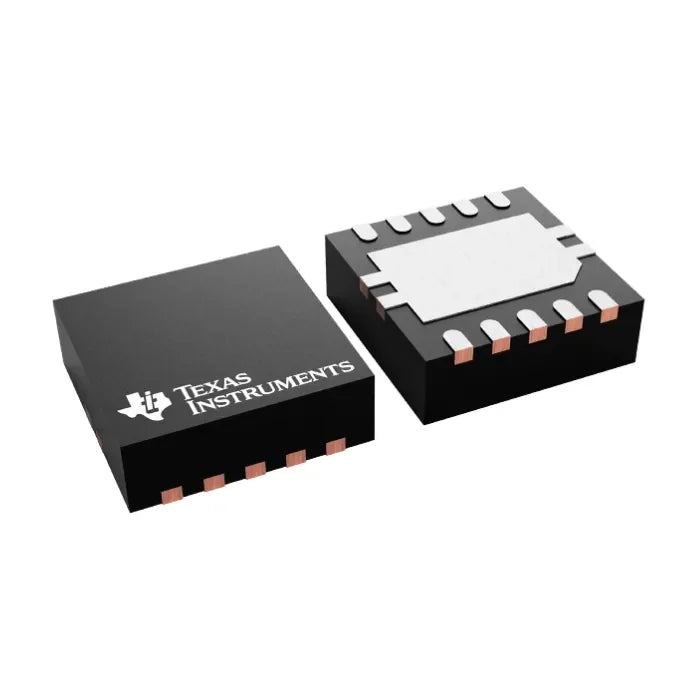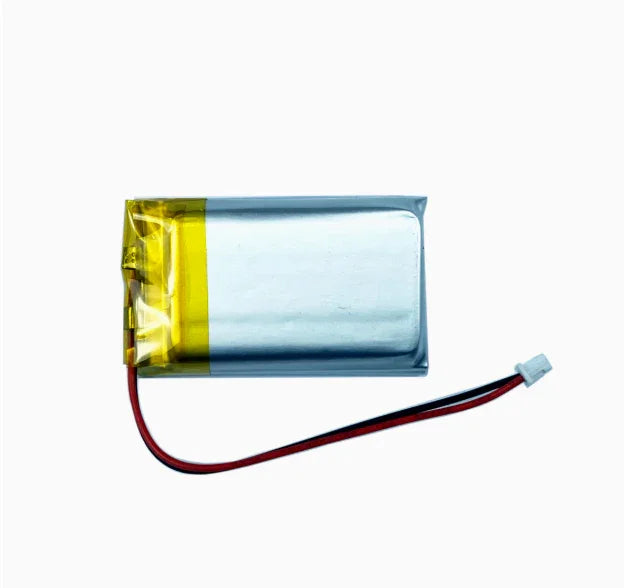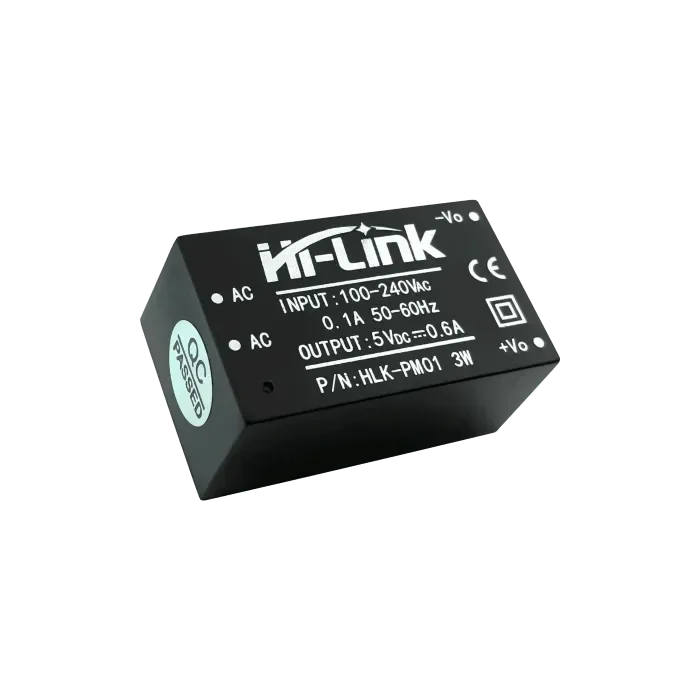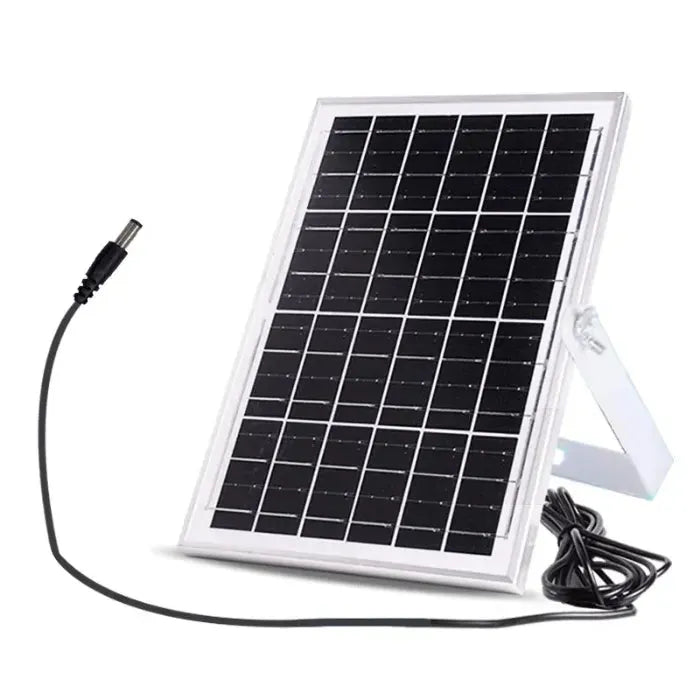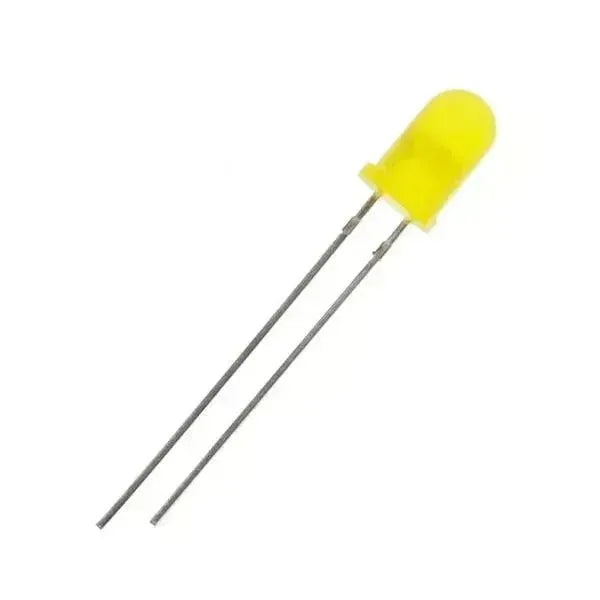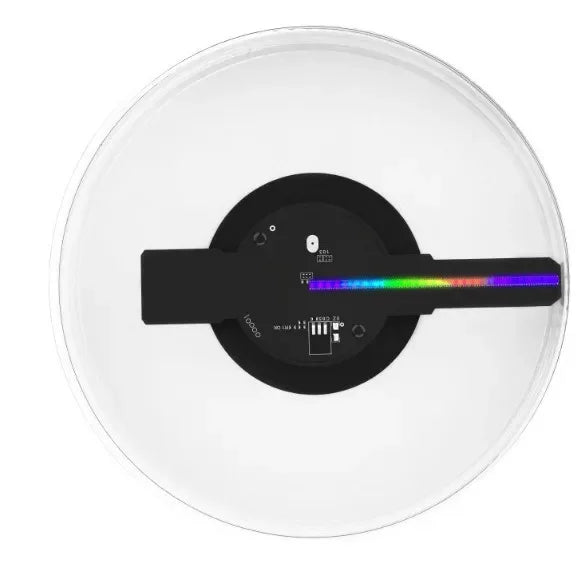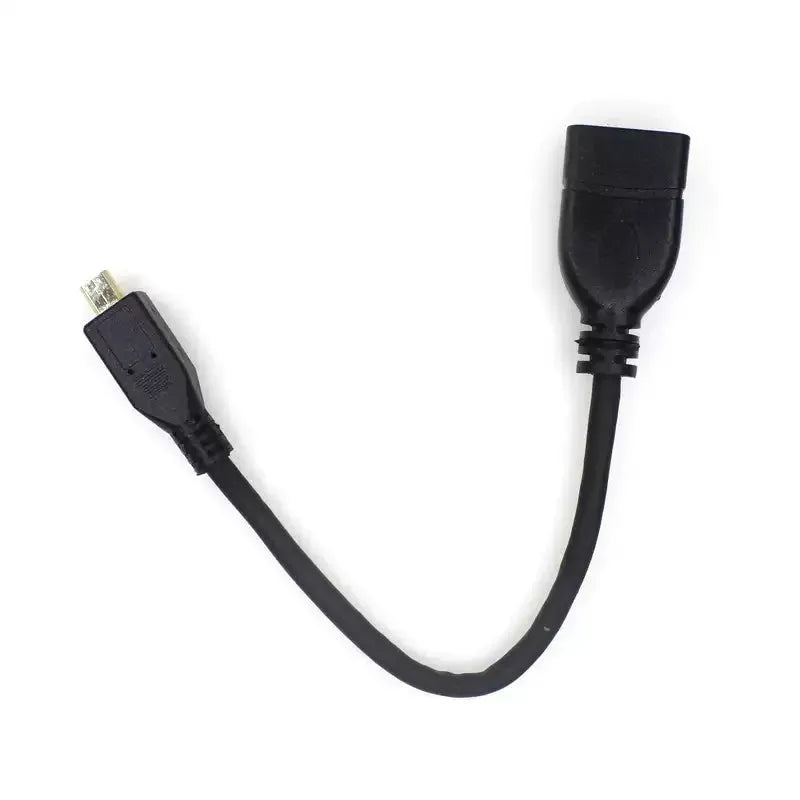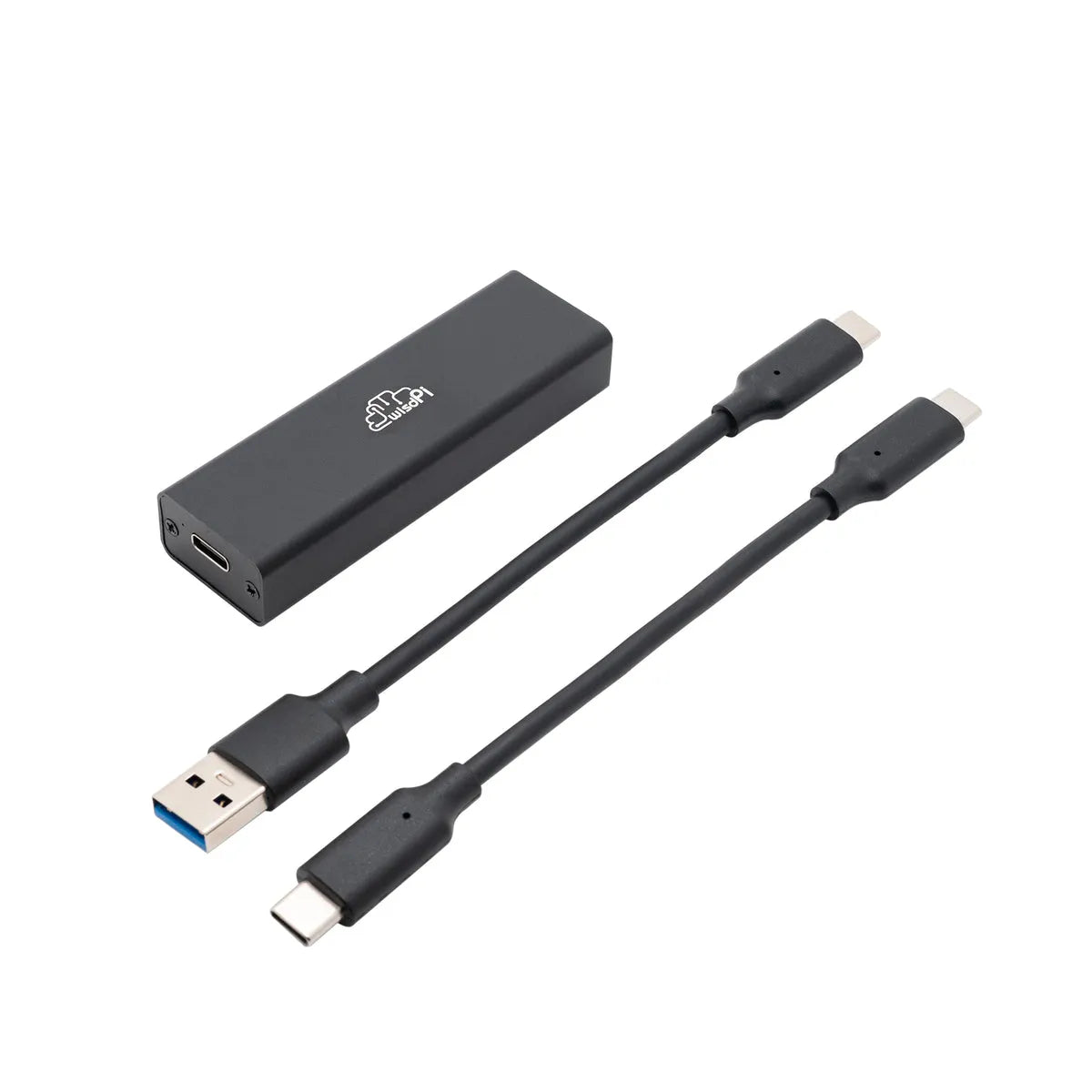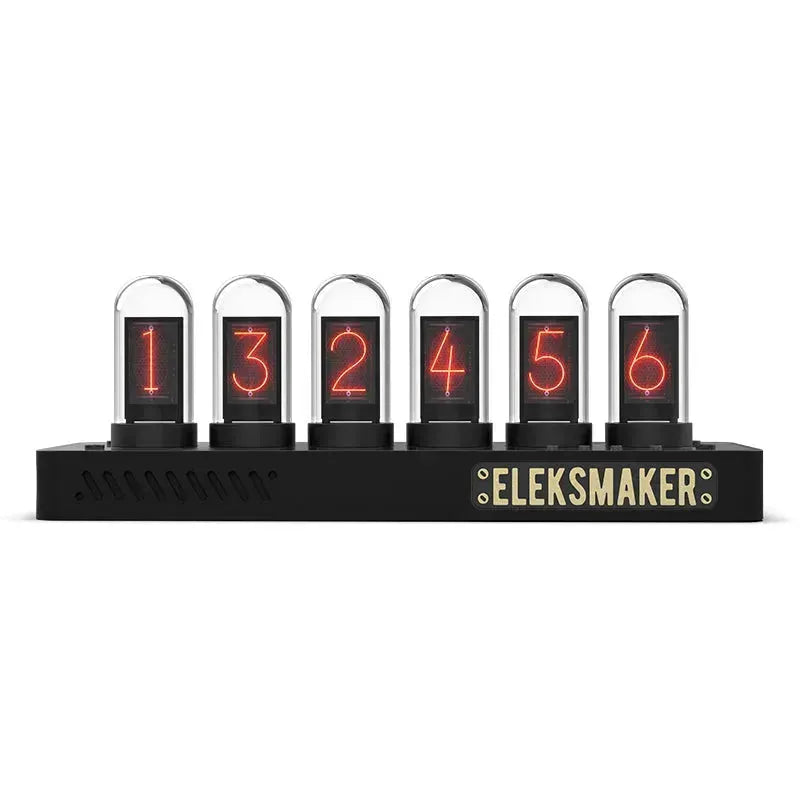What Is a BLDC Motor? 🤔
Have you ever wondered what makes drones fly so smoothly or electric cars run efficiently? The secret often lies in a motor called the BLDC motor — short for Brushless DC Motor. Unlike traditional motors that rely on brushes to switch electrical current, BLDC motors use smart electronic controls to do this job, which means no brushes, less friction, and better performance overall.
How Does a BLDC Motor Work? (A Closer Look) ⚙️
- A BLDC motor runs by carefully coordinating the flow of current through its stator windings to create a rotating magnetic field. This is managed by an electronic controller, which senses the exact position of the rotor — usually through Hall effect sensors or by detecting the back-EMF voltage — and switches the current between windings at just the right moments.
- The rotor contains permanent magnets that are naturally pulled along by this rotating magnetic field, causing it to spin smoothly and efficiently. Because there are no brushes making physical contact, there’s significantly less friction and wear, leading to quieter operation and longer motor life.
- Modern BLDCs often use advanced control schemes like Field-Oriented Control (FOC). FOC transforms the motor’s currents into a rotating reference frame aligned with the rotor magnet flux. This allows for more precise and efficient control.
- This leads to significantly reduced mechanical wear due to the absence of brushes, enabling extended motor lifespan. Additionally, BLDC motors deliver high power density within a compact and lightweight form factor, making them well-suited for robotics and portable applications. Their electronic commutation ensures smooth and quiet operation by eliminating the noise typically associated with brushed motors. Furthermore, advanced control algorithms provide precise regulation of speed and torque, enhancing performance in complex and demanding systems.

Why Should You Care? 🌟
Old-school brushed motors use carbon brushes that rub against parts inside the motor, and over time, these brushes wear out. This leads to noisy operation, less efficiency, and shorter motor life. BLDC motors ditch the brushes completely. The result? A motor that runs quieter, smoother, and lasts much longer.
Where Do You See BLDC Motors? 🤖
BLDC motors are everywhere! You’ll find them inside:
-
Robotic arms and joints that move precisely
-
Drones zipping through the sky
-
Power tools and even some home appliances
-
Electric vehicles driving the future
-
Automated machines in factories
If you love tech that’s reliable and precise, you’re likely benefiting from a BLDC motor without even realizing it.
Picking the Right BLDC Motor ✅
Thinking about using a BLDC motor? Keep these in mind:
Power: Make sure the motor’s voltage and current match your needs.
Performance: Look for the max speed and torque you require.
Size: It should fit nicely into your device.
Control: Check if it supports the control systems you plan to use, like FOC.
Drivers & Power Supply: Quality parts make the whole system work better and last longer.
Wrapping Up 🎉
BLDC motors power a wide range of smart devices today thanks to their efficiency, durability, and precise control. Knowing how these motors operate will help you pick the perfect one for your next exciting project.

